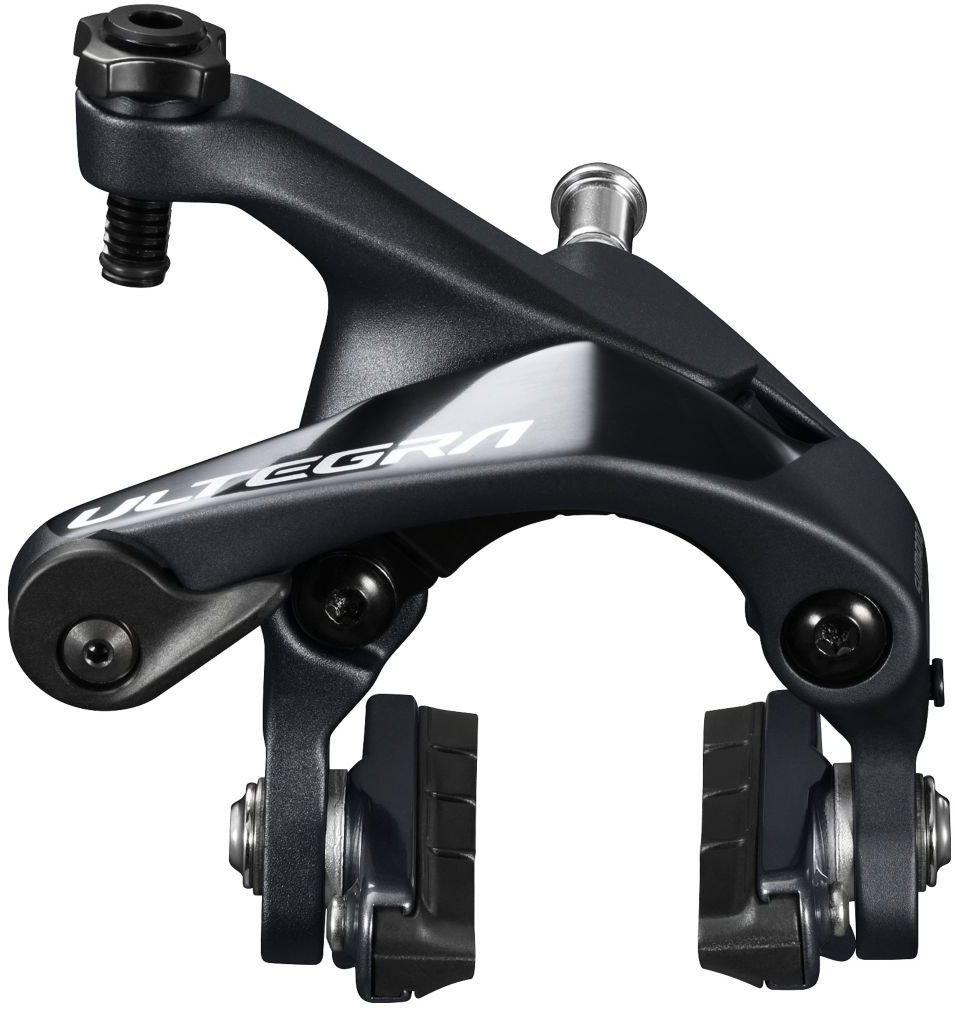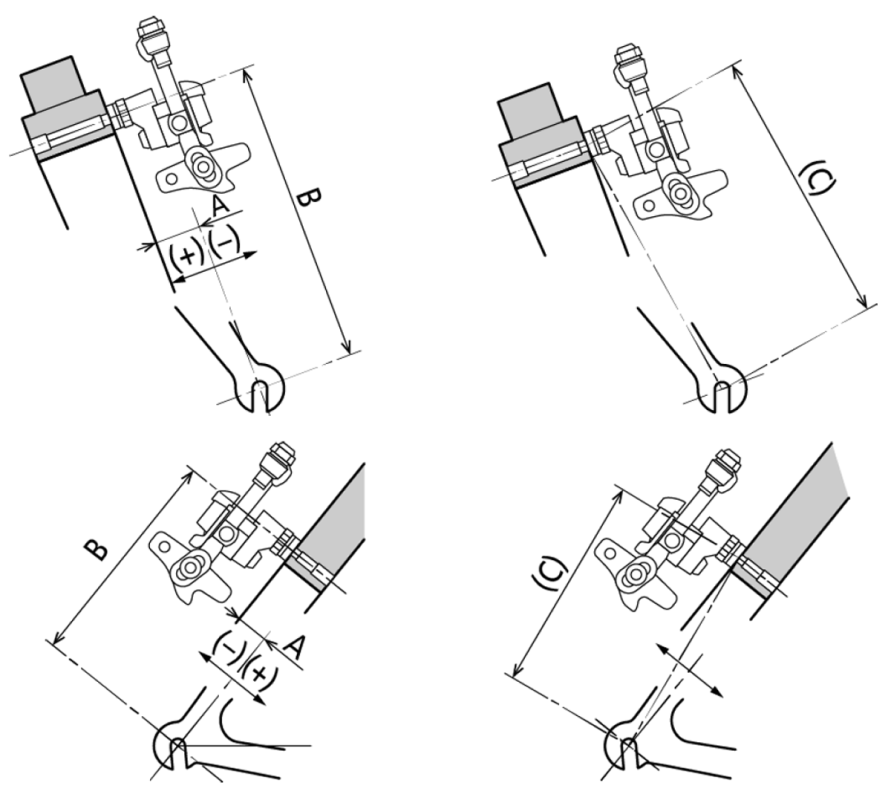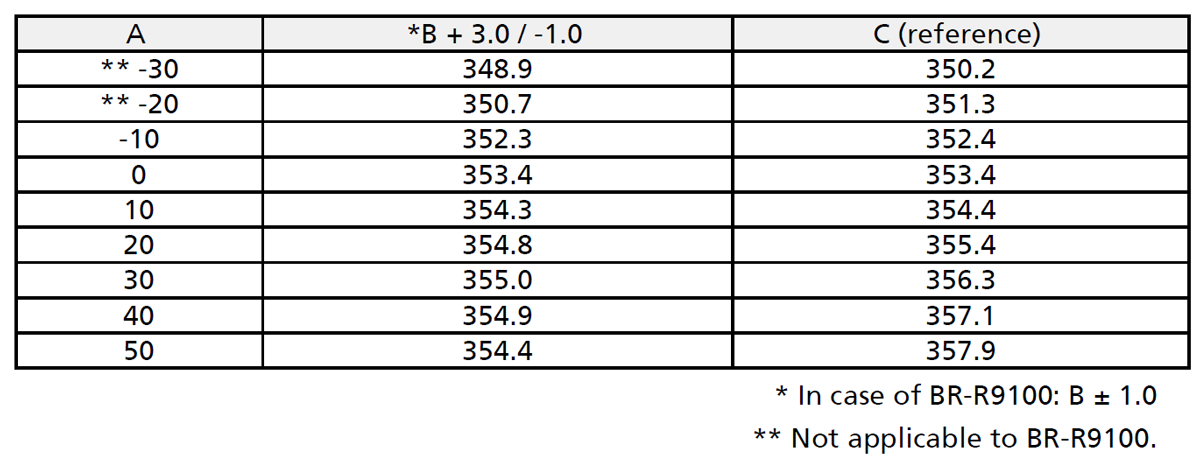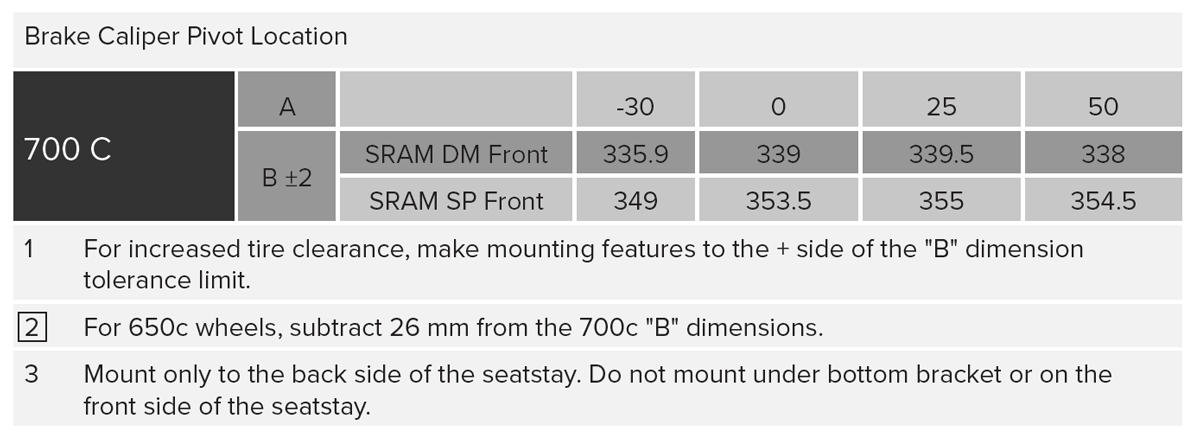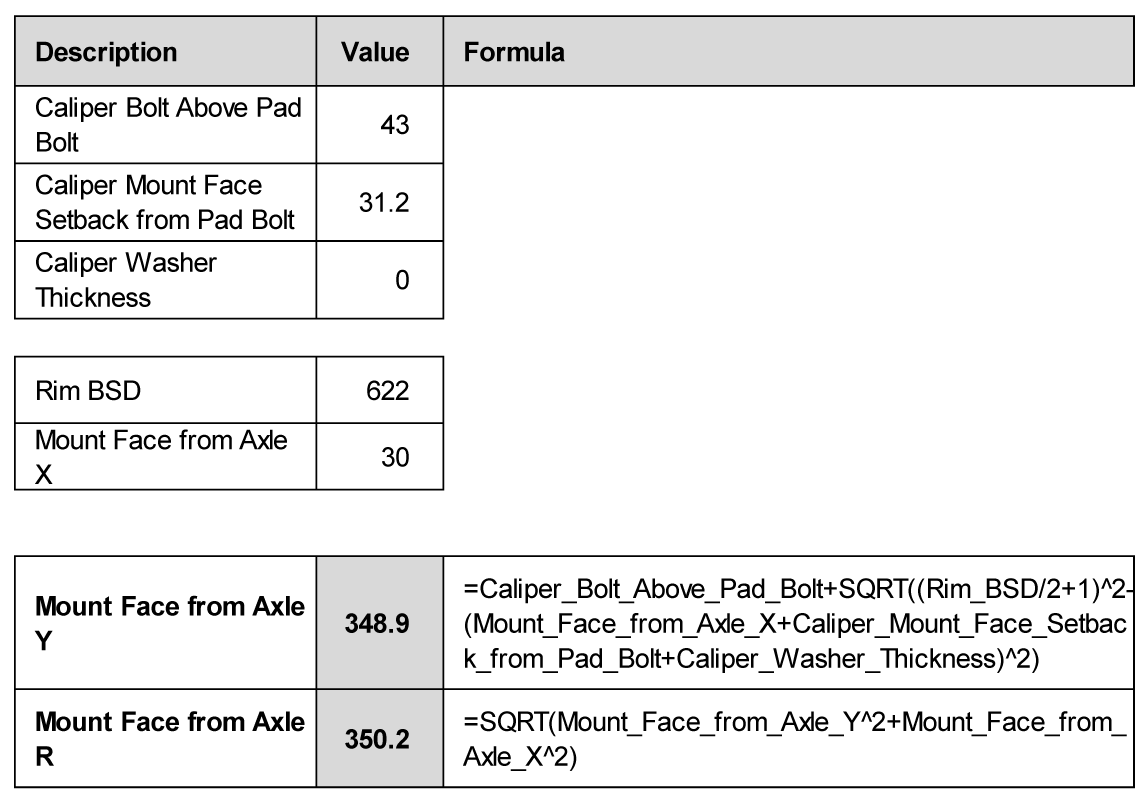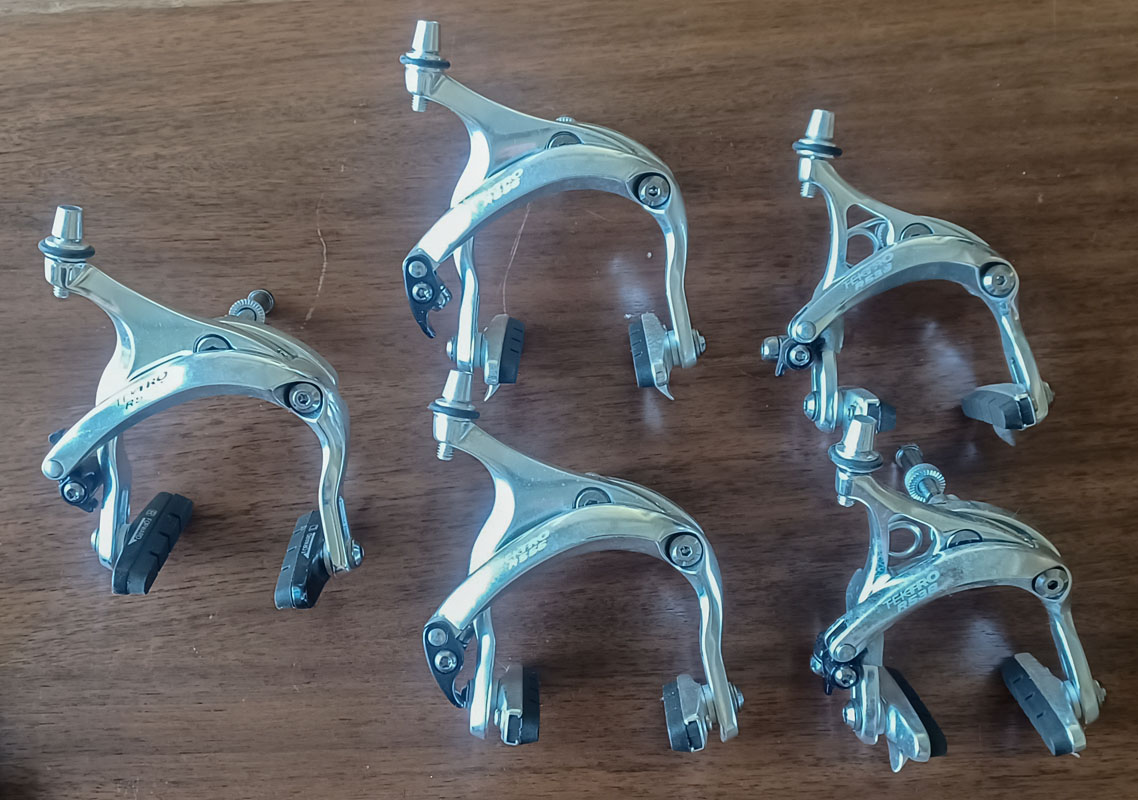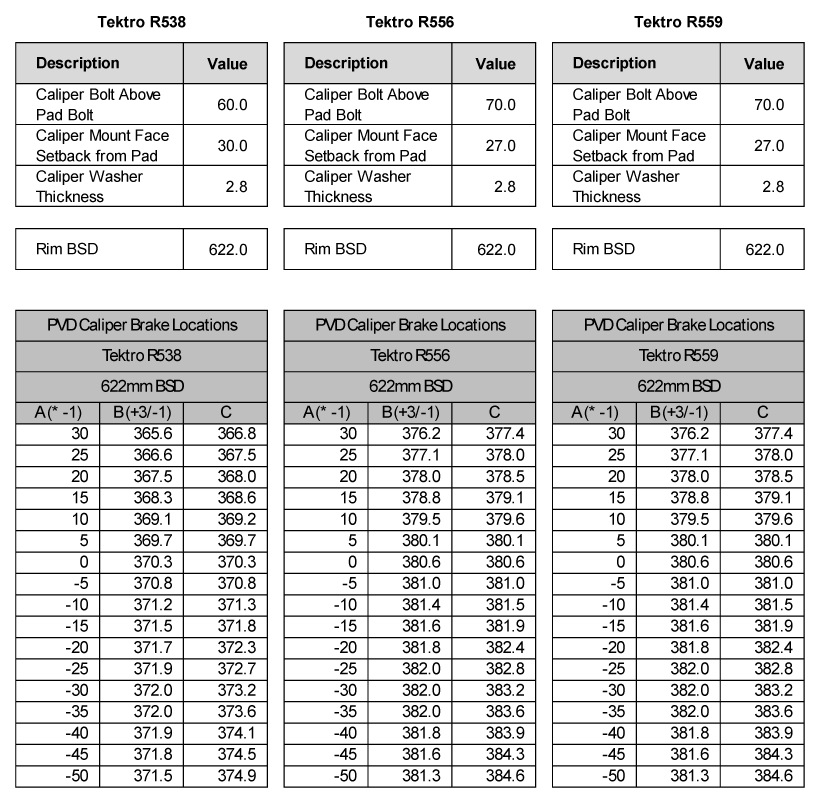Earlier this week, I was reminded of a long dead subject. Rim brakes. More, the location for the frame mount when using caliper brakes on road bikes. I haven’t thought at all about this in over 15 years. Not seriously in over 25.
This is a poignant topic for me. Long ago and far away… It was about 1990. I can’t remember specifically. I was working at Fat City Cycles in Somerville Massachusetts. This was very much a craftsman shop with many of the methods and processes that we used locked inside the peoples heads who worked there. This knowledge was passed on through training and lore. It was very old school.
Chris (Chance) was really trying to bring the operation into the current era and getting everything written down. This was a great process for me to be a part of. We needed measures for frames to fit parts perfectly and very little was available in the information ecosystem to do this. It was the wild west, especially for mountain bikes. Many people in the shop were charged with getting specific details written down. One of my projects was to figure out the exact location that cantilever and caliper brakes would be mounted to the frames and forks. This was probably a little above my level at the time. I did my best. I remember much of the frustration I had figuring that out with almost no documentation.
So now, even though there are an extremely small set of people that might choose rim brakes, it’s still a thing. More, the documentation that is out there, but not very customizable or extendable. Using non specified rim and tire sizes or even longer reach calipers come with huge risk for the builder. I figured that I’d look at that.
SRAM has similar values:
Let’s look at the math. I broke out the several variables at play so that they can be fine tuned for specific calipers or rim diameters. These values seem to be what Shimano used for their spec.
This is pretty slick. I can adjust the placement of the caliper for any rim diameter. I can change caliper and optimized for improved tire fit. That’s something that couldn’t be done with the current specifications.
Here’s a chart produced by the math. It matches up exactly to the Shimano specification given these initial values. With long reach brakes or smaller wheels, the values can change. Notice that I change the sign of the A value as I think that the convention is confusing in a design environment.
For example, simply changing to a different rim diameter can cause a bit of confusion as there is no specification for it. Changing the BSD value from 622 to 584mm (650b), we get a host of different values.
 Now there’s an issue. The Shimano specifications includes this note:
Now there’s an issue. The Shimano specifications includes this note:
Using these factors is problematic. They do not make sense. Dimension B and C cannot have the same value added or subtracted no matter what system is being implemented. That is simply not how triangles work. This would have distortive effects on the values that don’t have anything to do with a change in rim diameter. Even the caliper change value change doesn’t make sense as that would be scaled entirely differently than BSD would.
Taking Shimano’s 27.6mm shift of just the values in B for 650c rims would mean that the “Caliper Bolt Above Pad Bolt” value in my equation would drop to 41.9mm but the arc as it deviates from zero would be the same as with 700c (312mm). Thud. the defined “caliper Bolt Above Pad Bolt” grows significantly as it moves from -31.2mm. I can’t imagine how terrible this might work if one were to use this shift. This is a ‘standard’ falling completely on it’s face.
Notice that the numbers that my math produces where 650c ETRTO is the only value to change.
An argument could be made that compensations are being made for pad interface correction but I don’t believe that that holds. This is just too crude to be believed. Show me how this is so?!
The work that I show here does leave one question that those more experienced with current caliper brake systems, what washer thickness value should be used in this math. I have assumed that the Shimano values don’t include a washer and that one will be added as needed. Those range from 1.8mm to 2.0mm for rear. Maybe someone can clarify this by email.
Let’s take a look at a real world case. I have several long and odd sized rim brake calipers from Tektro left over from days gone by. The R538, R556, and R559. None of these will be able to use the specification as spelled out by SRAM or Shimano. We need to find a number.
I did some rough measurements of these calipers. I figured that the goal would be to have the pad end up being 1/3 of the slot from the bottom so that there would be maximum tire and fender clearance while retaining some adjustment range. The slot is slightly slanted from the bolt so there is some fudge room here. The serrated washer seems to be meant to be used. It measures 3.0mm but given that it’s serrated I set that to 2.8mm. Strangely, the R556 and R559 calipers seemed to be the same. I tried to measure the calipers with the pads about 30mm apart. Take all of these measures with a grain of salt as I’m not going crazy to get perfect measures for this post.

